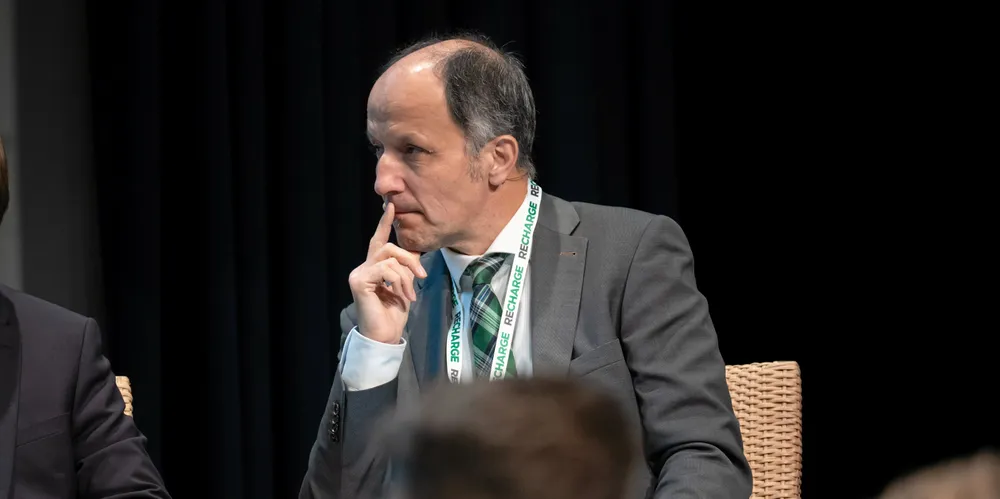‘Impossible’ targets and ‘big guys v little guys’: Recharge offshore wind summit blows into Oslo
Industry due for ‘market correction’ after challenging year marked by major project cancellations, event heard

Sector leaders gathered in the Norwegian capital last week for discussion and debate on offshore wind, which has had a tumultuous year marked by supply chain pressures, spiralling inflation and, consequently, major project cancellations.
Torgeir Knutsen, who is currently on secondment as a policy officer at the Directorate-General of the European Commission from Norway’s Ministry of Petroleum and Energy, opened the event by saying that while ambition in the sector has risen “quite dramatically” this will “not come for free”.
Challenges facing the sector include developing an offshore grid, accelerating permitting and – following the attacks on the Nord Stream gas pipeline – the security of maritime infrastructure, he said.
Whatever Europe’s ambitions for offshore wind, David Linden, the head of energy transition at Westwood Global Energy Group, said its reach may exceed its grasp.
His consultancy has been “steadily revising down” its forecasts for deployment, he said, as it appears countries on the continent “are going to miss targets”.
Such targets are therefore “losing credibility” in the supply chain, he said, calling for more “binding objectives” to help change that.
With 60GW already announced for offshore wind tenders for 2024, she said it will be a “very interesting” year for the sector.
However, the Swedish company’s director of strategic projects, offshore wind, Philipp Mouline, confirmed that there is “for sure” a way forward for Vattenfall's Norfolk zone, which includes Boreas and its Vanguard sister projects.
“It’s both in our interest and in the interest of the UK government to see the Norfolk project zone being built,” he said.
Mouline couldn’t say when that would be and “how that would happen” but he said that Vattenfall “continues to be committed to the UK market”.
‘Big guys’ and ‘little guys’ in floating wind
Darius Snieckus, chief executive editor of Aegir Insights, led a panel on the future of floating wind – saying that the industry has been operating under a “collective delusion” that getting 16GW in the water by 2030 is achievable.
Jérôme Guillet, a managing partner at Snow, a company focused on financing and development support for energy transition projects, said that the sector should trust the “small guys” in the industry.
It was smaller companies that “created the most progress” with fixed bottom turbines, he argued, despite efforts by the “big guys” to “shove the small guys out”. Smaller players have won tenders for offshore wind projects “when they’re fair,” he added.
Pitching for the “big guys,” Chris Willow, head of floating wind development at RWE Renewables, an early mover in the sector, said there are in fact “too many small guys in the market” and not enough “recognition of the complexity of floating wind”.
Ultimately, he argued it was the big companies that will lead the way due to their know-how and ability to put forward the “billions of dollars” that are necessary to get projects moving.
(Copyright)